
Today, we do not go online. We live online. Even when we do not use the smartphone, it lies there in our pocket, ready to get into action. This simple fact implies the radical change of our behaviors, as human beings and customers.
The customer experience is always also a mobile experience. One would be led to believe that such a revolution has influenced the way businesses operate, yet most of the times it is not so.
Many companies, in fact, still lack the vision needed to embark on the journey of the digital transformation properly. All too often mobile is seen as an afterthought rather than the cornerstone of the customer experience.
This approach is common to those organizations that are accustomed to conducting the “business as usual” and not for the future, to quote Brian Solis. They walk through the fog without landmarks on the horizon.
When you choose not to evolve, you think you can still market your products and Brand the way you used to. The truth is they cannot survive for long if they keep thinking and acting this way. Something disruptive happened along the way. The mobile disruption happened.
The traditional business patterns inevitably lead to a disconnected and inconsistent experience across the customer journey. You will end up showing different identities online and offline, making the relationship with your Brand a nightmare for customers.
What happens on your digital properties should have the same level of priority with respect to what happens elsewhere (namely, in your physical store). And yet, the mobile experience is still too overlooked.
In a recent data collection report published on Think With Google, a few stats brilliantly sum up this contradiction:
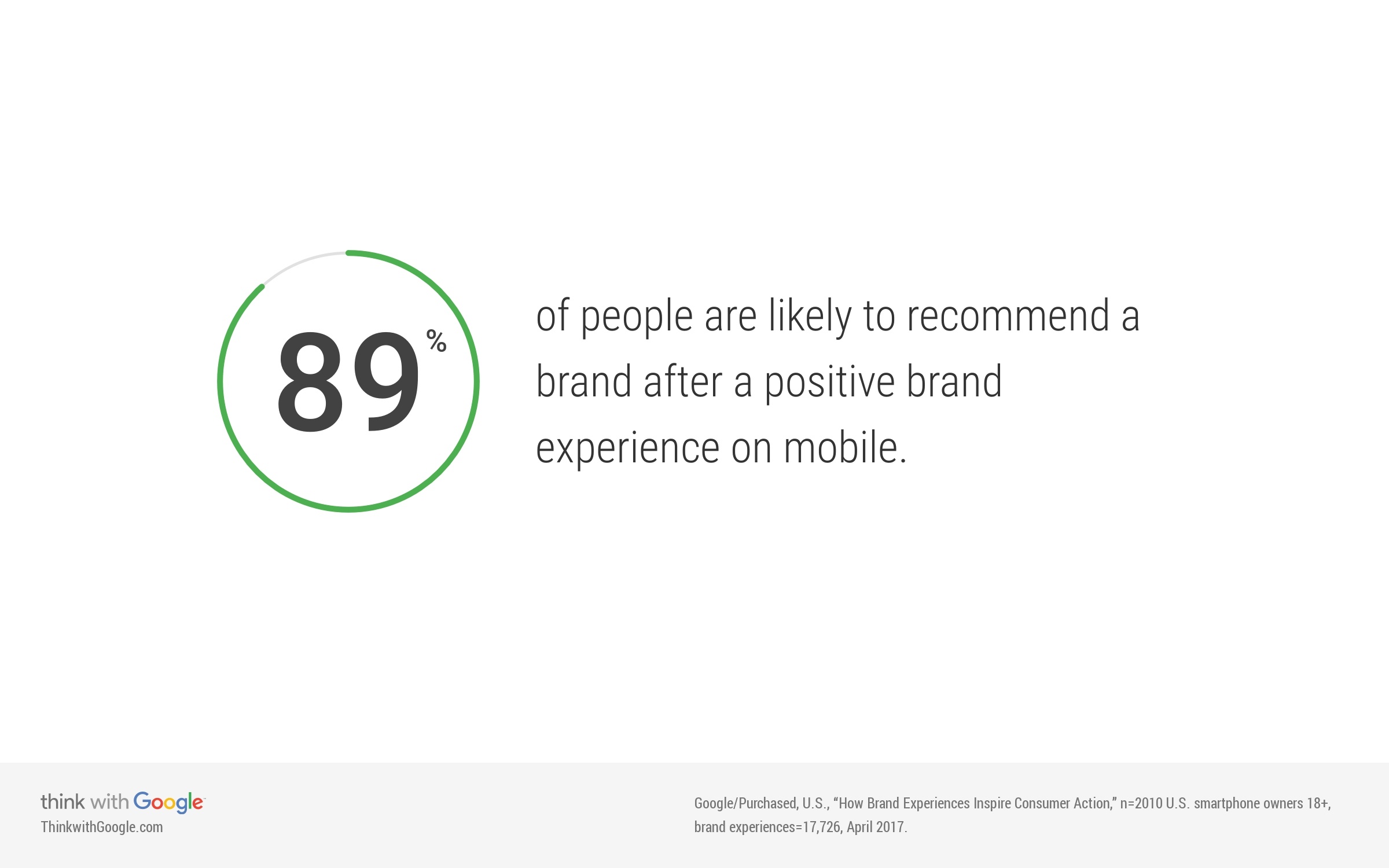
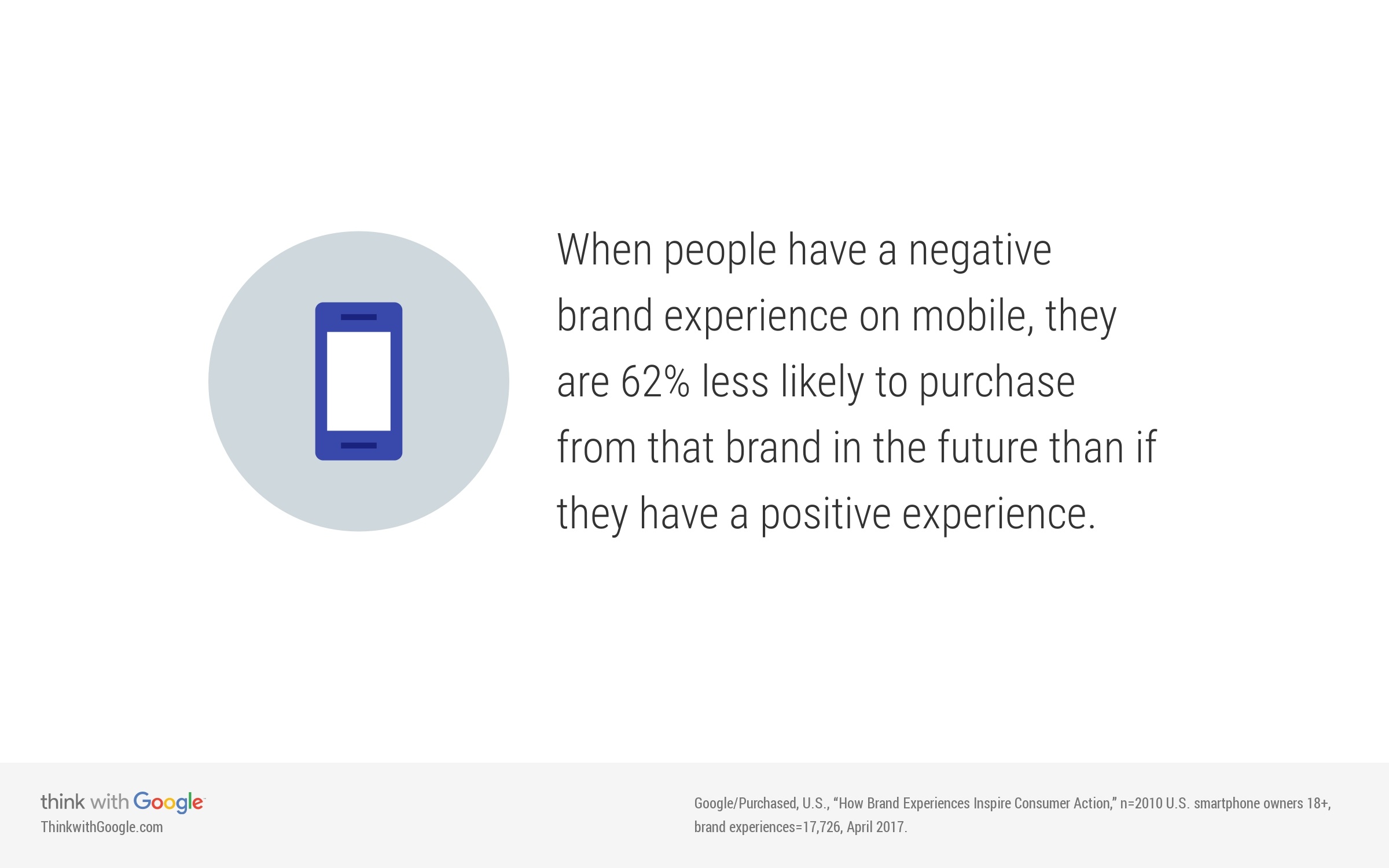
A negative experience on mobile can alienate the customer preference. What does it mean for your business? First of all, that the entire process of customer experience management should have a common direction, whether it is digital, smartphone, point of sale, social media.
“It is less important for a shopper to be present in-store than for the store to be present wherever and whenever a shopper needs them.” (Google)
Google is right at the center of this mobile revolution. Everything started with the definition of the Micro Moments, driven by a specific intent, that can shape the decisions and preferences of customers.
The evidence that the most relevant Micro Moments today happen on mobile devices has then brought Google to change its core business, the search engine, in three steps:
- The mobile-friendly algorithm, that has caused panic and forced thousands of companies to run for cover and adapt their presence online in the name of a smooth mobile experience.
- The AMPs (Accelerated Mobile Pages), that have started the process of separating the desktop and mobile experiences, inducing marketers to invest - time and money - in properly formatted mobile contents.
- The mobile search index, the inevitable consequence of the new philosophy. The Internet is definitively divided into two separated experiences, with the mobile index destined to become the primary reference for Brands and customers.
Now you know that you have to embrace the winds of change, but where and how? According to Google, there are three areas you should invest in to improve mobile experiences.
HELP ME FASTER
Today, the scarcest resource is not money, it is time. The attention span of your customer is quite low, and your competitors are ready to fill any opportunity you leave unattended.
Thanks to the smartphone, we can take informed decisions faster than ever, and so customers shift their thinking from “Who does it best?” to “Who does it best, now?”.
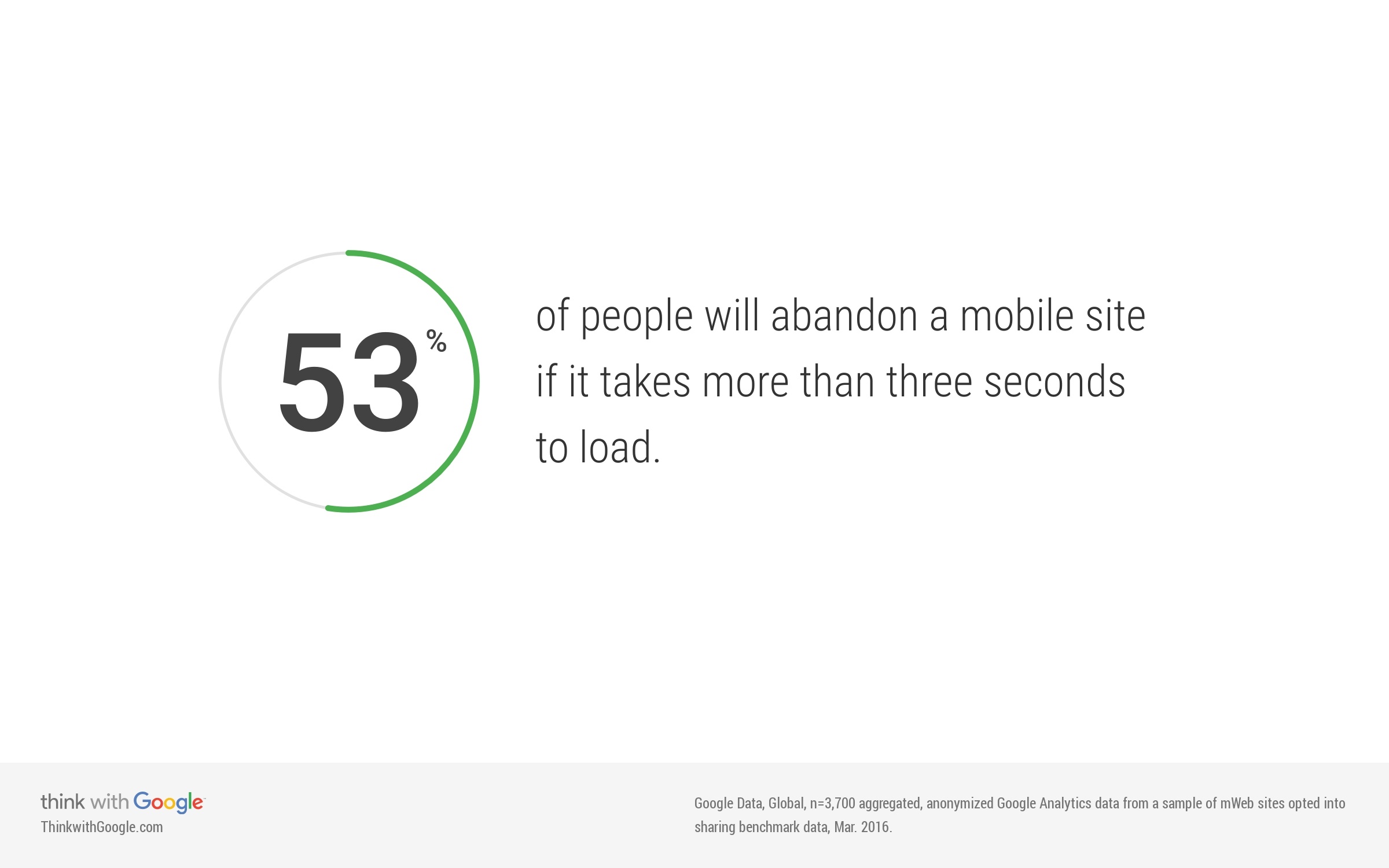
Your speed is essential at any stage of the customer journey.
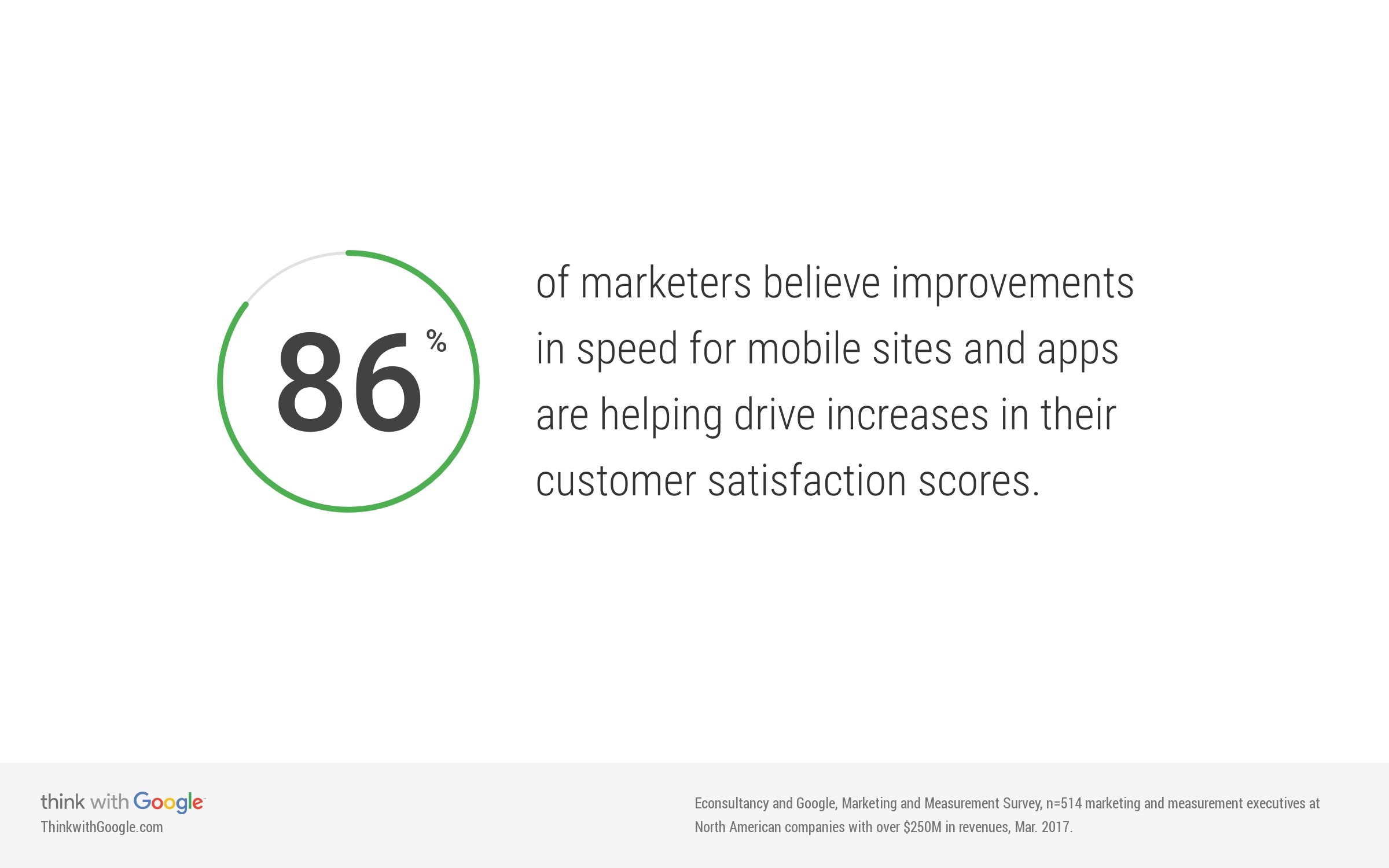
KNOW ME BETTER
You will never be able to engage customers and earn their trust and loyalty if you do not understand them in the first place. Knowledge is power, and you have all the data you need to accomplish this hard task.
Understanding your customers means not only mapping their journey and behaviors. It means also using the small data to define their peculiar emotional and psychological traits (Psychographics).
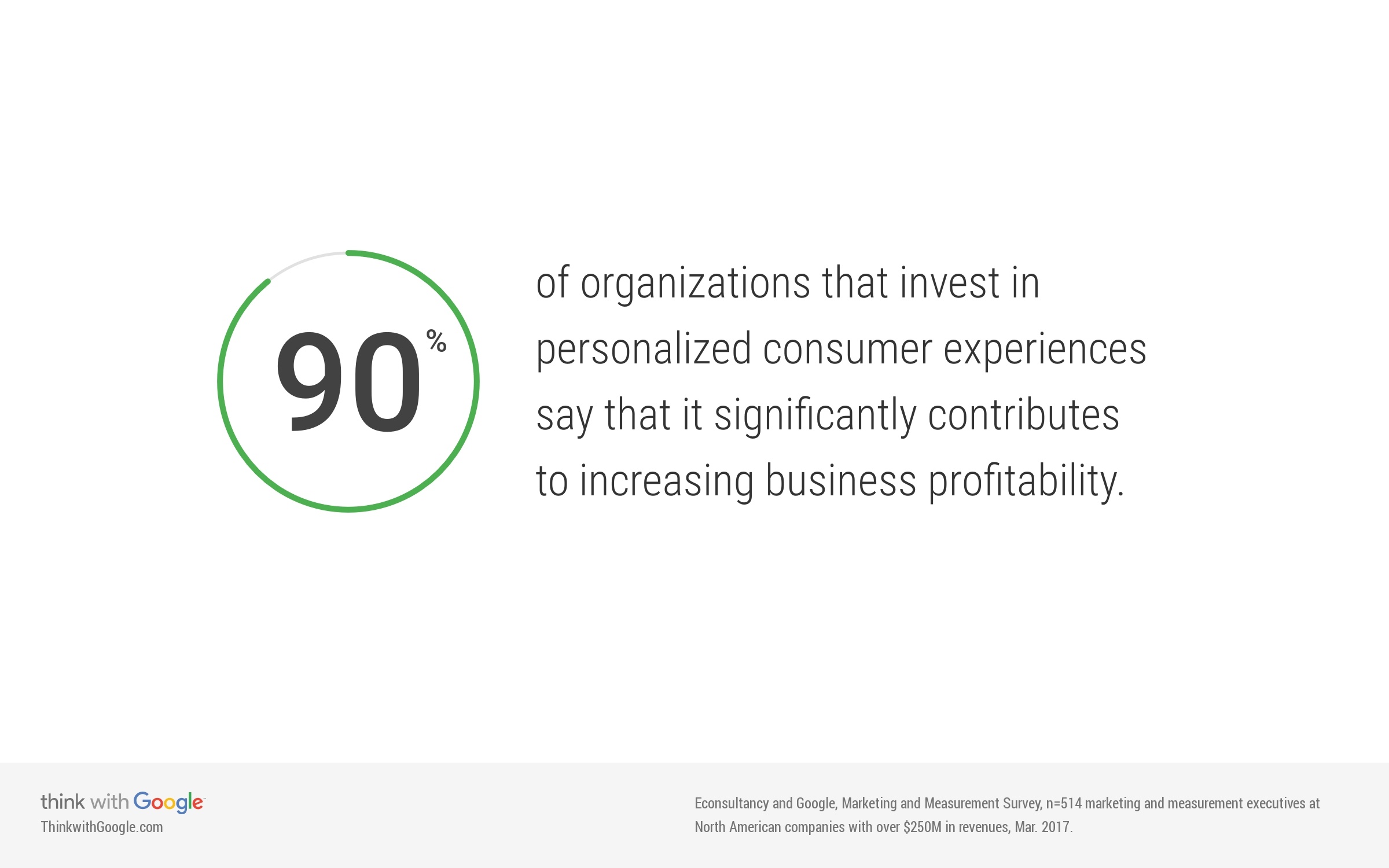
WOW ME EVERYWHERE
Customers expect a consistent experience every time they interact with your Brand. Consistency is one of the key pillars of the customer engagement and becomes even more critical in times of mobile disruption.
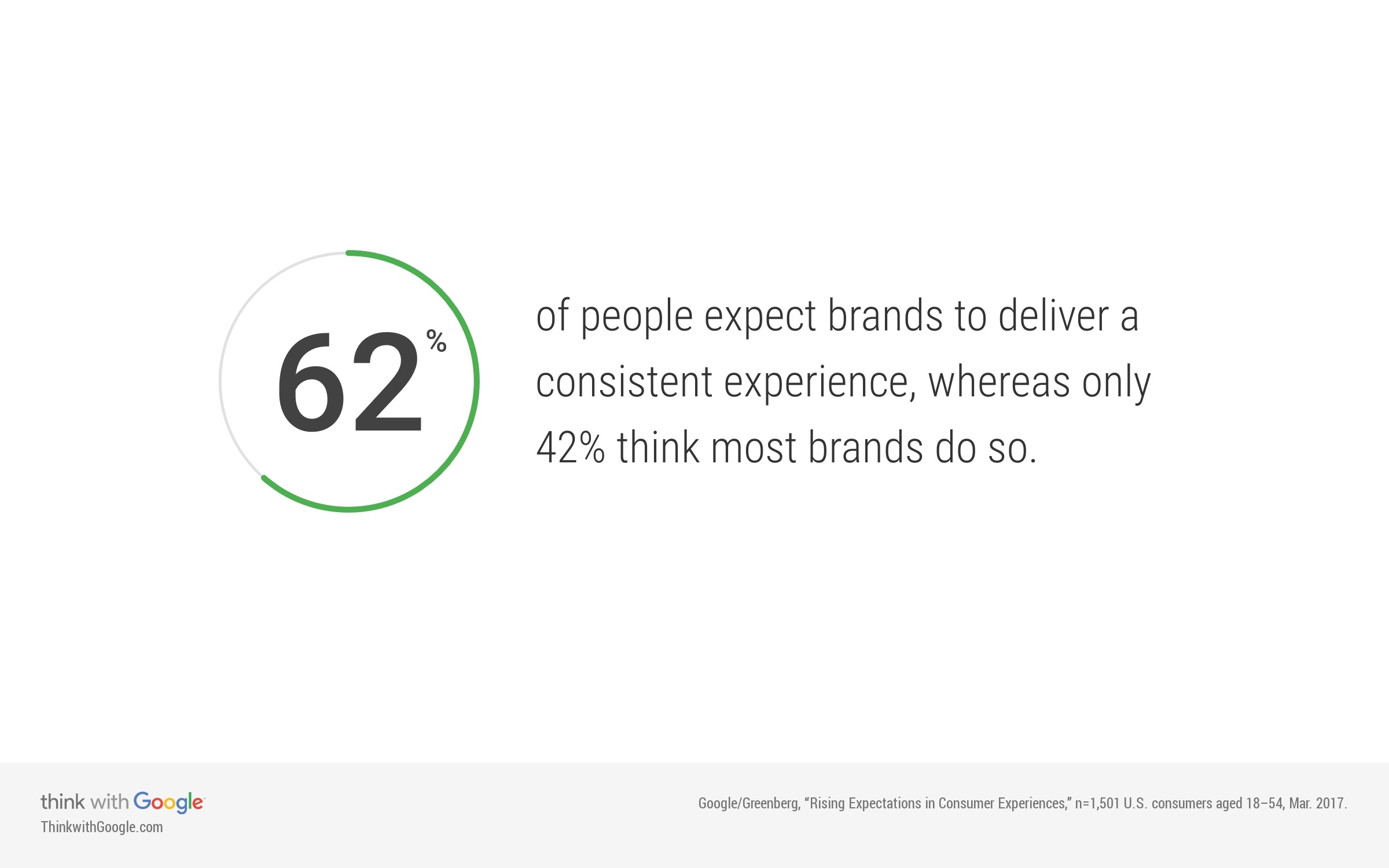
If you see the word ‘experience’ come out very often it is because the difference in the digital markets is not a matter of quality or price. You are no longer competing with other companies in your industry. You are competing with the best experiences your customer has ever had.
Download The 7 Pillars Of The New Customer Loyalty to define the foundations on which to build your engagement and loyalty strategy, create innovative experiences and establish a lasting and valuable relationship with your customers.



 Your magnifing glass to deeply understand your users and increase the value of each relatonship.
Your magnifing glass to deeply understand your users and increase the value of each relatonship. Listen to the voice of your customers deeply to understand what they truly want.
Listen to the voice of your customers deeply to understand what they truly want. The Lead Generation Platform to get leads from anonymous traffic on your website.
The Lead Generation Platform to get leads from anonymous traffic on your website.  Understand the behavior of people in physical spaces and monitor safety requirements.
Understand the behavior of people in physical spaces and monitor safety requirements. The Digital Commerce Platform designed to follow the most modern technological standards..
The Digital Commerce Platform designed to follow the most modern technological standards.. The XReality platform to tell brand and product stories by connecting physical and digital worlds.
The XReality platform to tell brand and product stories by connecting physical and digital worlds. Points, rewards, levels, badges, missions: a world of nudges to nurture your customer community.
Points, rewards, levels, badges, missions: a world of nudges to nurture your customer community. Discover all the other solutions!
Discover all the other solutions!









